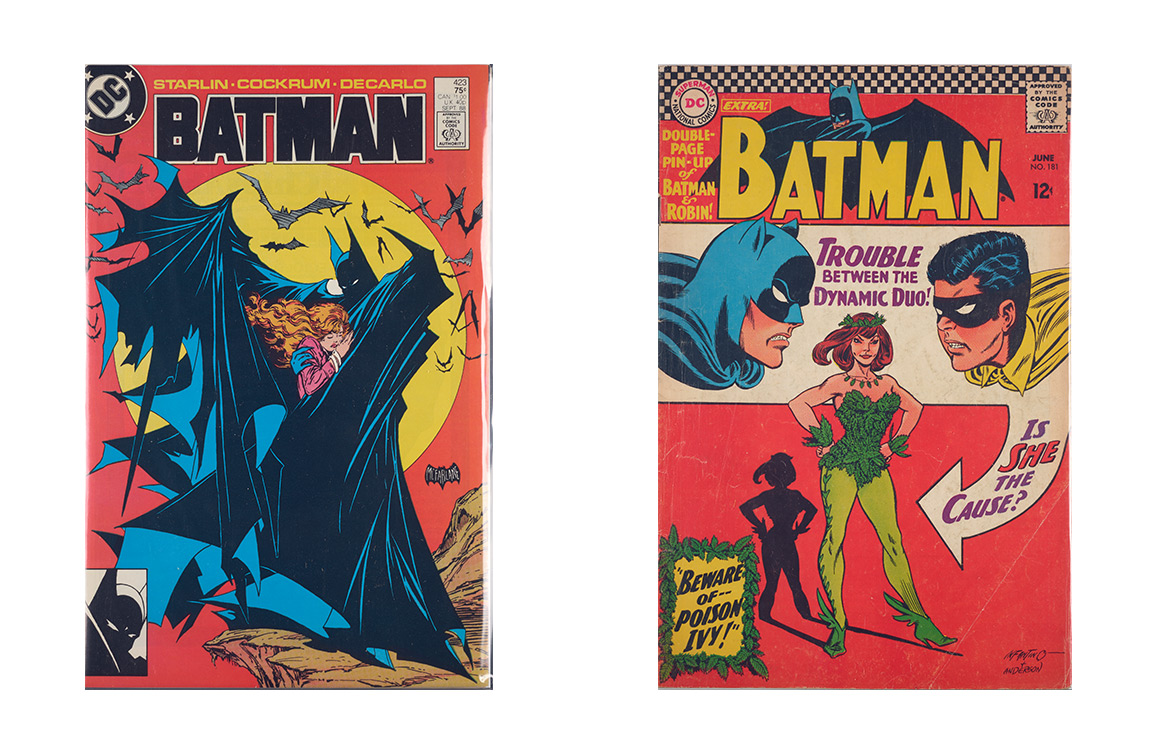Tell us about your role at the University of Pennsylvania Libraries.
I am the Director of the Kislak Center for Special Collections, Rare Books, and Manuscripts. The term “special collections” serves as kind of an umbrella, under which you’ll find anything from cuneiform tablets and medieval manuscripts to contemporary archives and, yes, comic books. What makes something special is not necessarily market value, though we have many priceless items, or rarity, and many of our holdings are indeed very rare. I like to say that what makes something special is how we care for it. We go to great lengths to preserve individual items, the contexts of their creation, and their chain of custody over time, all with the goal of advancing research and scholarship.
What I love most about this work is also what I find most daunting. By choosing what to preserve and what not to preserve, we are effectively “pre-writing” history, defining a record of evidence that will influence how scholars write and think about the past. Fortunately, we are not alone in this pursuit. I would say that working with collectors like Gary and Dawn is a particular pleasure. Entering the world of the collector, understanding what makes them tick, and having the opportunity to learn something about just about any topic makes my job exhilarating day in and day out.

Penn Libraries recently acquired the comic book collection of Gary and Dawn Prebula. What makes this collection significant?
We are living in a moment where the notion of special collections has expanded to include all manner of things that, say, 50 years ago would not have made their way into an academic library, much less the highly esteemed and tightly guarded rare-book library.
We began collecting comic books in the 2000s. The recognition that comic books constitute a form of “material text” that has influenced millions of lives, that they fit into the broader story of popular literature and image-based story telling, and that they are, ultimately, ephemeral in the truest sense of the word means that we rare-book librarians would be borderline negligent if we did not make an effort to preserve them.
What makes the Prebula collection so special is the longue durée of collecting it represents — nearly half a century of comic book history. Most of the titles are mainstream (i.e., not underground, though there are examples) and many are superhero comic books. To this end, the collection is a remarkably rich resource for anyone thinking about modern myth-making, about what heroism has meant over time, and society’s deep-seated longings and anxieties.

What considerations go into storing a collection of this size?
Well, to begin with, physical space! The collection consists of over 75,000 comics. When I visited Gary and Dawn at their home in Los Angeles, the collection had grown to a size where navigating it was difficult. We can provide that at Penn. And yes, we can provide temperature and humidity-controlled environments that will delay the inexorable degradation that befalls all paper.
A particular challenge that we are still figuring out is how to provide access to these materials. The paper on which most comic books from the twentieth century were printed is highly acidic and prone to crumble in your hands. And yet, we are a research and teaching institution that exists to put rare materials in the hands of students and scholars. How to do that with a collection of this scale is a difficult needle to thread, but on some level, finding the balance between preservation and access is what we do every day.

Why is it important to preserve comic books and similar publications?
I think I addressed this in my response to the second collection, but let me elaborate.
Scholars estimate that during the 1940s as many as 40 million comic books were printed each month in the United States. That would mean that they constituted a huge percentage of the reading materials consumed by everyday Americans. It is impossible, I would argue, to ignore comic books if you want to understand the history of reading in this country. I would add to that comment that comic books represent an early form of multimedia, and in doing so, they can help us to understand much about the image and media-saturated environment we live in today.

What does Penn Libraries look for when considering an acquisition from a collector?
A couple of years ago, we adopted a collection strategy that sets forth broad areas of emphasis that build on existing strengths while taking into account emerging opportunities. These can be found on our website. The Prebula donation fits into the long-held strength in “material texts,” which is studying the production, distribution, and reception of print, with a growing interest in visual culture. The research and pedagogical goals of Penn figure in as well. We have a very popular course called Making Comics@UPenn where students draw on our collections while making comic books of their own. And finally, we assess all potential acquisitions through the lens of our capacity to be good stewards, to commit the resources required to preserve and provide access to material for generations to come.

Bonus Question: How can the public explore this collection and others at Penn Libraries?
We are open to the public, so you needn’t be a Penn student or faculty member. At the moment, we have yet to catalog the Prebula collection. But when we do, the public will be able to search the contents in our online catalog. Access will be in our purpose-built reading room on Penn’s campus.
We host scholars from all over the world to work in our collections and look forward to hosting people who want to learn more about the Prebula collection, and our comics holdings more generally, in the near future!

Visit the Jay I. Kislak Center for Special Collections, Rare Books and Manuscripts online.








